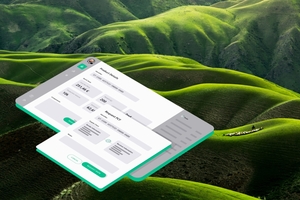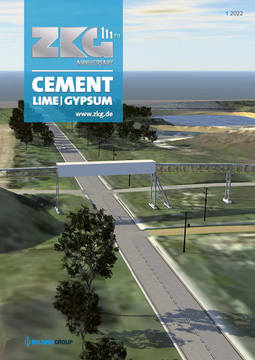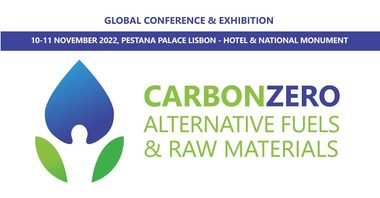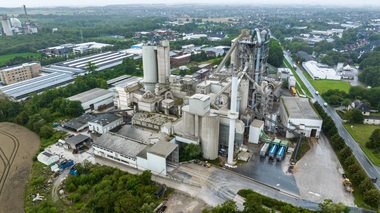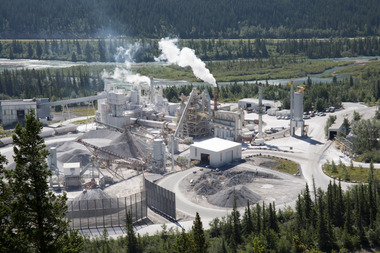Siemens has developed an ecosystem-based
approach for the exchange of emission data
In light of the fact that the supply chain accounts for the largest share of the ecological footprint of products, the decarbonization of industry is a challenge which must be tackled by all the stakeholders together. As a leading provider of automation technology and industry software, Siemens has for the first time launched a solution for the efficient query, calculation and transfer of information on the actual Product Carbon Footprint (PCF). SiGreen now makes it possible to exchange emission data along the supply chain and combine it with data from a company’s own value creation in order to obtain a product’s true carbon footprint. To achieve this, Siemens has initiated the open, cross-industry Estainium network with the aim of enabling manufacturers, suppliers, customers and partners to exchange trustworthy PCF data. With SiGreen supporting companies in tracking their Product Carbon Footprint, they can take targeted reduction measures providing a quantifiable effect. CO2 management thus supports companies on their way towards carbon neutral production and helps them to transform sustainability into a decisive competitive edge.
Cedrik Neike, Member of the Managing Board of Siemens AG and CEO Digital Industries: “All our customers share the desire to reduce the carbon footprint of their products. But to do so, they first need to know exactly the CO2 emissions of their supply chain. And they need to know which adjustments can save them the most CO2. SiGreen and Estainium enable them to do just that. It allows us to bring much-needed transparency to supply chains while protecting the confidentiality of the data. This technology can bring us a big step closer to our goal: a carbon neutral industry.”
Precise data is a key prerequisite for effectively achieving the emission targets in the value chain. With SiGreen, Siemens has successfully developed an application for the efficient acquisition of real data collected where emissions are actually produced, i.e. in the corresponding steps along the supply chain. To calculate the carbon footprint, SiGreen makes use of real data rather than industrial average values. Product Carbon Footprints thus become a measurement and control instrument – and can be actively reduced by applying targeted improvement measures.
The supply chain accounts for a major proportion of product-related emissions. To measure and reduce this Product Carbon Footprint (PCF), cooperation across frequently complex, cross-industry supply chains is a must. With this in mind, Siemens has initiated the Estainium network for the exchange of Product Carbon Footprints among manufacturers, suppliers, customers, and partners.
Its Distributed Ledger provides a high level of data protection: The innovative Distributed Ledger Technology (DLT) supports the creation and exchange of Verifiable Credentials, thus ensuring the trustworthiness of the information shared. The data provided is verified in order to enable the trustworthy aggregation of a carbon footprint across the supply chain – without the companies involved having to disclose data of strategic relevance, for example details of their own supply chains. To verify the values reported by a supplier, customers can subject them to a so-called Verifiable Proof against the corresponding Credential via the IDUnion blockchain. And since no centralized storage takes place, each of the parties maintains full data sovereignty. Simplifying the communication with partners in the supply chain and optimizing the calculation of a company’s own emissions can significantly reduce the effort required to determine a CO2 footprint compared to other approaches available on the market.

